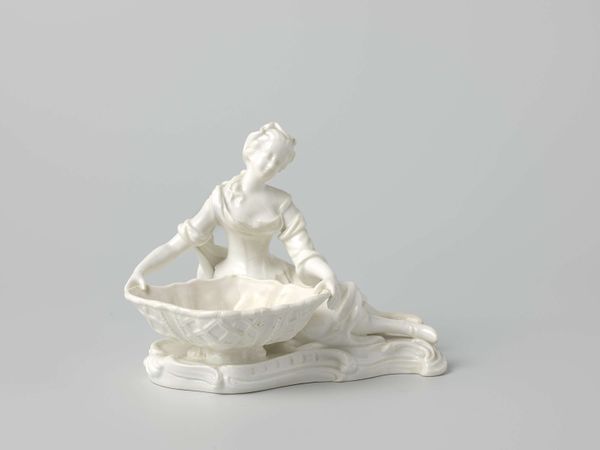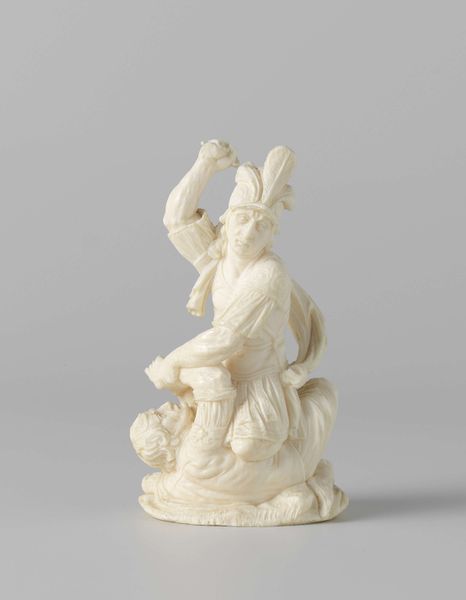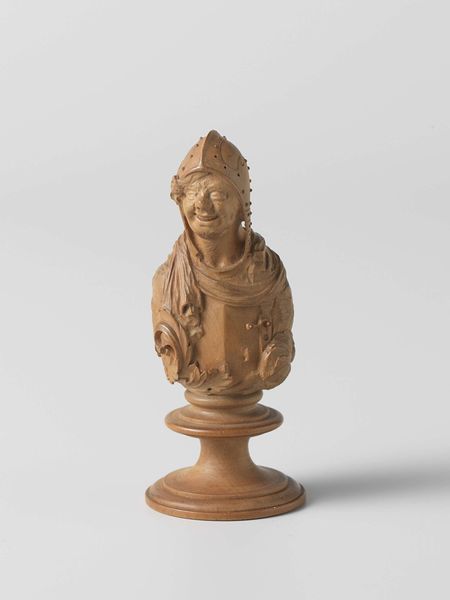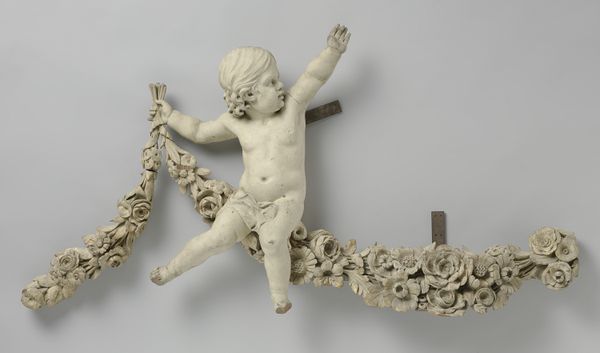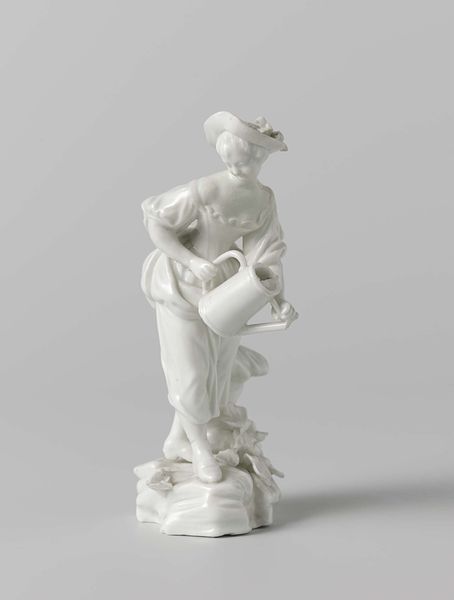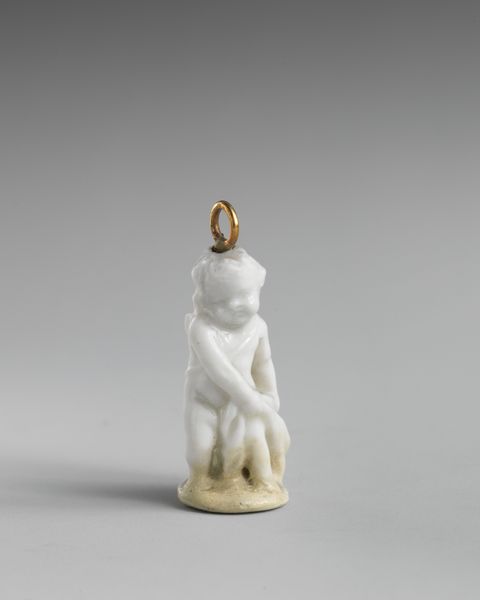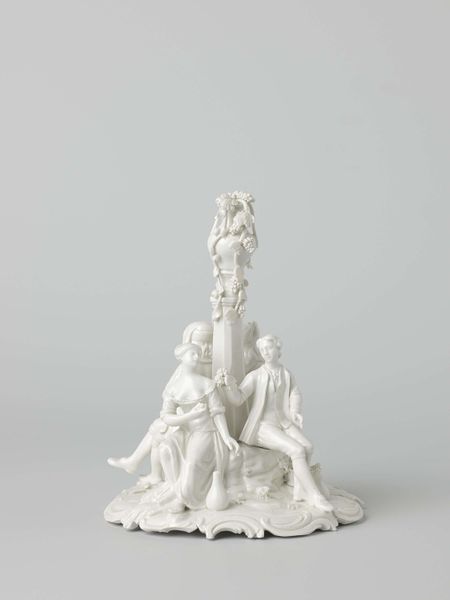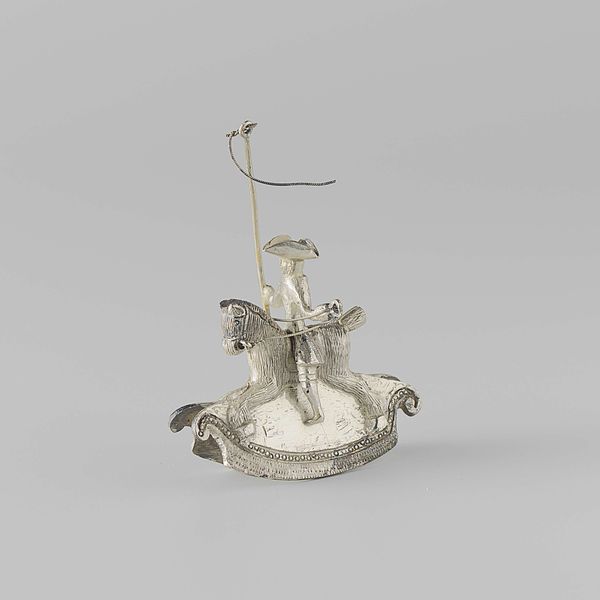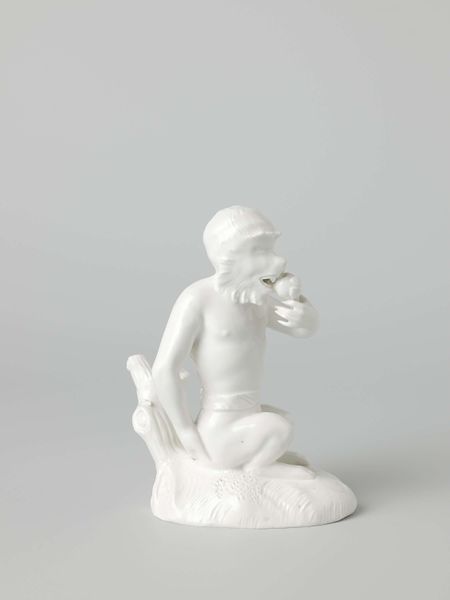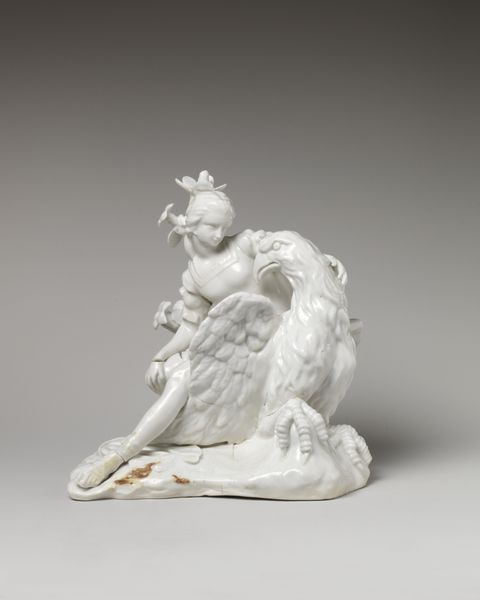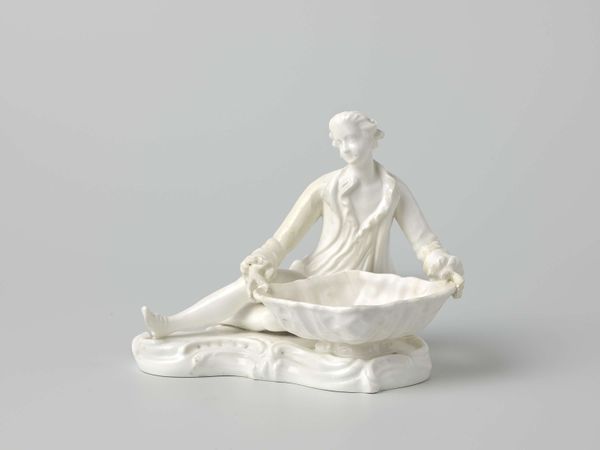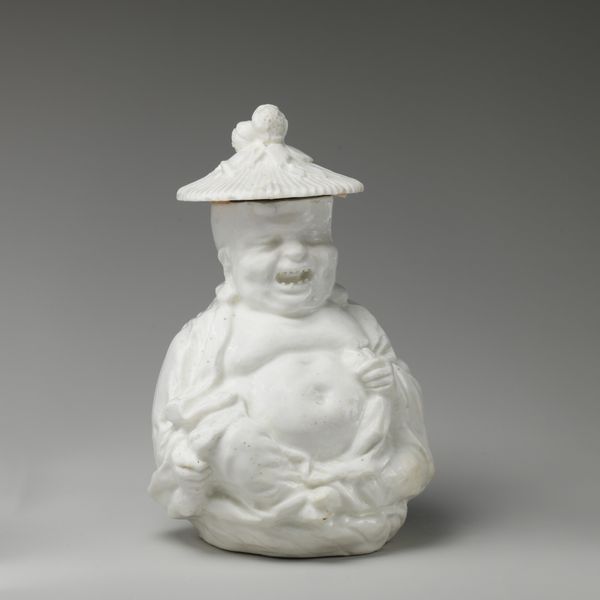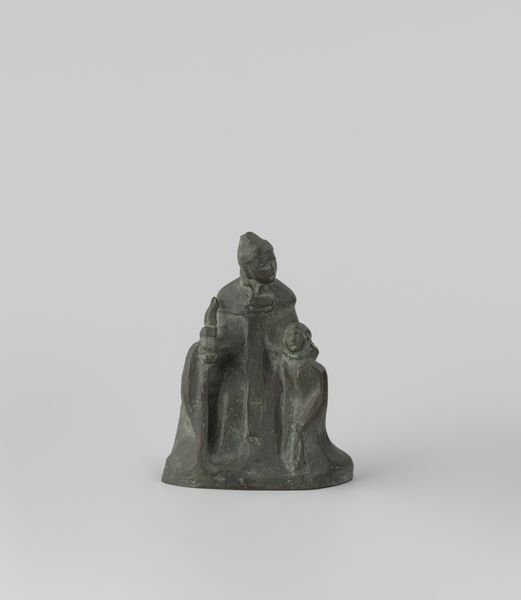
sculpture, wood, marble
#
portrait
#
figuration
#
sculpture
#
wood
#
academic-art
#
marble
#
realism
Dimensions: height 24.1 cm, width 45 cm, depth 16 cm
Copyright: Rijks Museum: Open Domain
Editor: This is “Fragment of the Orange Tree,” a sculpture by Frans Stracké from 1874. It's made of wood and marble and depicts a young girl sitting on what appears to be a tree branch. The texture of the ruffled dress is captivating! How would you interpret this piece? Curator: Well, on the surface, it's a portrait, evoking notions of innocence and childhood. But let's consider the context. The House of Orange has historically been linked to Dutch national identity, but this association wasn't always a positive one for all communities. How does seeing this through a lens of power dynamics shift your interpretation? Editor: I hadn't thought about it that way. It feels almost like a subtle commentary. Was it common to include these political statements within portraits like this? Curator: Often, symbols of national pride were interwoven, serving specific functions, sometimes to promote political ideologies. This could influence not only who got portrayed but also *how* they were represented, thereby constructing or reinforcing social hierarchies. Have you considered the impact this had on women of the time, particularly regarding idealised roles? Editor: That is so interesting! I can see how what appears as a benign sculpture of a child can actually unpack larger questions about identity, power, and representation. Curator: Precisely. It urges us to explore how visual language actively shapes social norms. Reflecting on the power dynamics at play broadens our understanding, doesn’t it? Editor: Definitely. I appreciate you showing me the depth in something I initially perceived as simple and elegant. Curator: My pleasure. Examining these historical traces, interrogating those dominant narratives, is central to how we can build a more inclusive appreciation of art history.
Comments
No comments
Be the first to comment and join the conversation on the ultimate creative platform.
